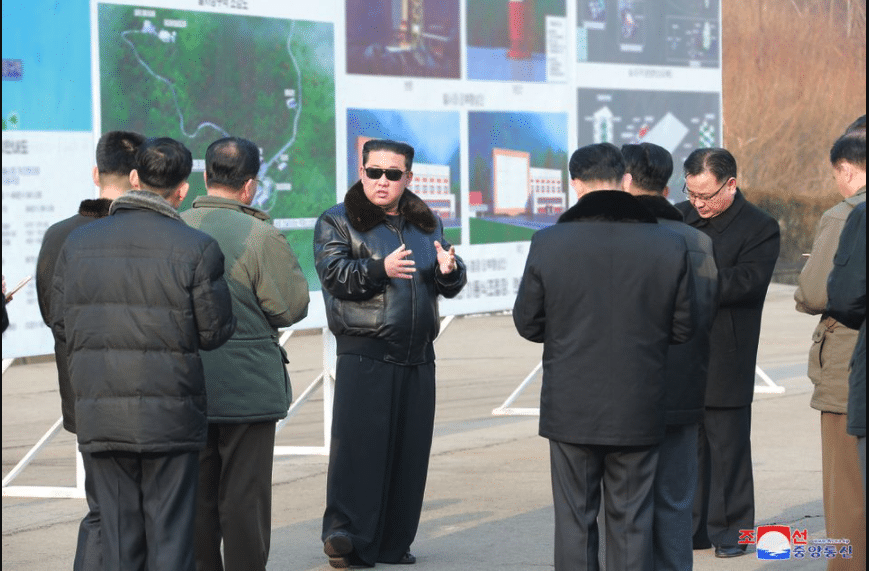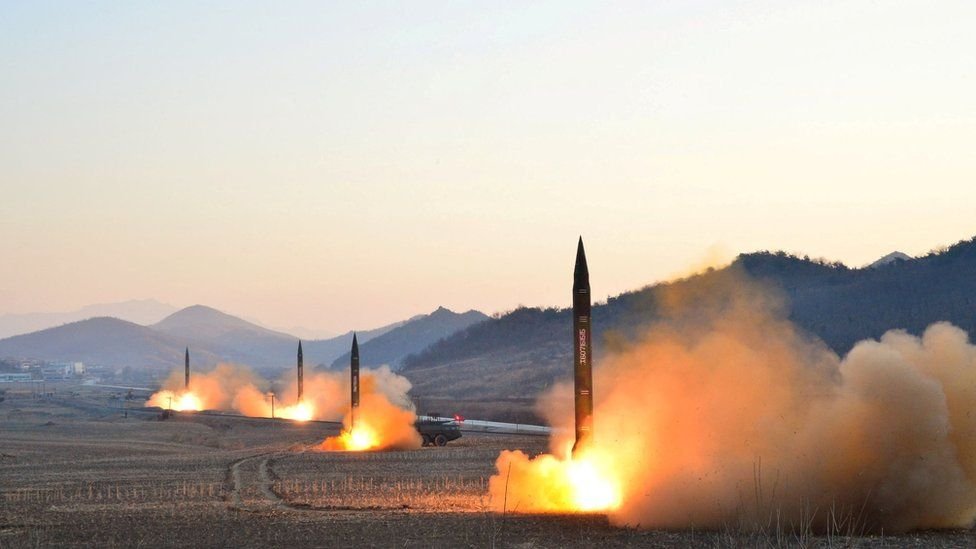North Korea on Monday hailed the weekend meeting between leader Kim Jong Un and US President Donald Trump in the Demilitarized Zone as “historic”, as analysts said Pyongyang was looking to shape the narrative to its own agenda.
The two leaders agreed to “resume and push forward productive dialogues for making a new breakthrough in the denuclearisation of the Korean peninsula”, the official Korean Central News Agency said.
After a Twitter invitation by the US president on Saturday, the two men met a day later in the strip of land that has divided the peninsula for 66 years since the end of the Korean War, when the two countries and their allies fought each other to a standstill.
Kim and Trump shook hands over the concrete slabs dividing North and South before Trump walked a few paces into Pyongyang’s territory — the first US president ever to set foot on North Korean soil.
“The top leaders of the DPRK and the US exchanging historic handshakes at Panmunjom” was an “amazing event”, KCNA said, describing the truce village as a “place that had been known as the symbol of division” and referring to past “inglorious relations” between the countries.
The meeting took place “at the suggestion of Trump”, it added.
The impromptu meeting in the DMZ — where the US president said they agreed to resume working-level talks within weeks on the North’s nuclear programme — was full of symbolism.
Trump’s border-crossing — which he said was uncertain until the last moment — was an extraordinary sequel to the scene at Kim’s first summit with Moon Jae-in last year, when the young leader invited the South Korean president to walk over the Military Demarcation Line, as the border is officially known.
“It was an honour that you asked me to step over that line, and I was proud to step over the line,” Trump told Kim.
KCNA described it as a “historic moment”, marking the “first time in history” a sitting US president set foot on North Korean soil.
Pictures from the meeting — including a sequence of images from the two men emerging from opposite sides for a handshake and a skip across the border — were splashed across the front page of the official Rodong Sinmun newspaper, which carried 35 images in total.
Shin Beom-chul, an analyst at the Asan Institute of Policy Studies, said the KCNA report was “typical North Korean propaganda that glorified Kim as leading the tremendous changes in geopolitics”.
“The objective was to recover Kim’s damaged status after he returned from the Hanoi summit empty-handed,” Shin added.








